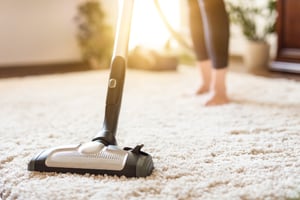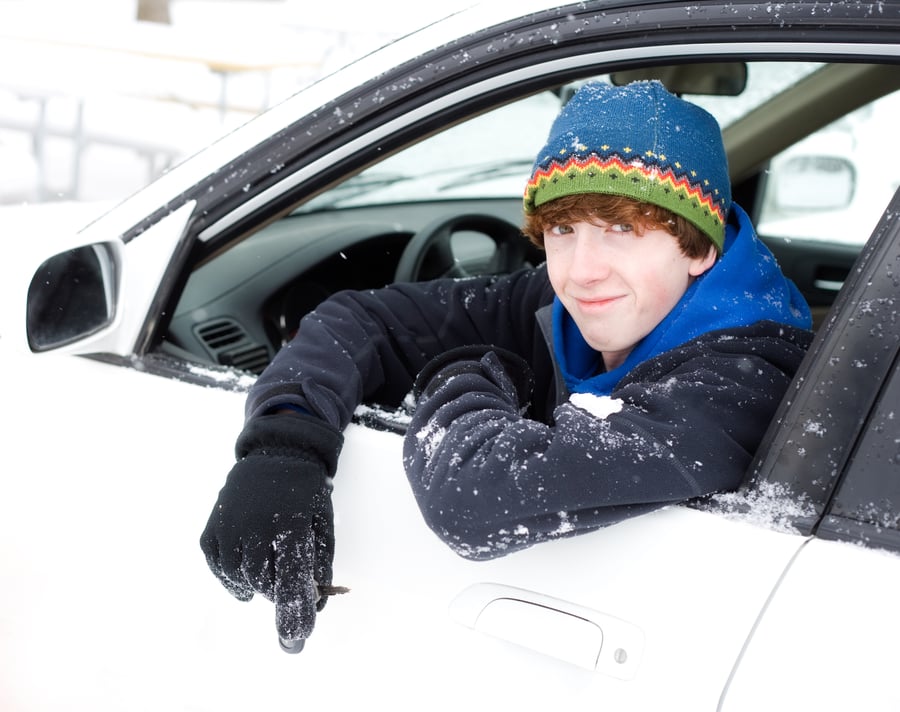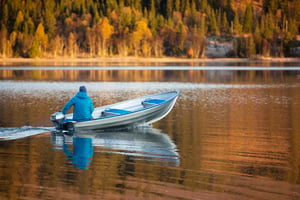Sometimes when you’re cleaning your house you just need a few new ideas to keep yourself motivated. If you find the thrill of trying out a new carpet cleaning hack to be irresistible at times, you aren’t alone. The internet is full of tips and tricks from people just like you, as well as carpet cleaning professionals. It’s completely understandable to enjoy cleaning sometimes.
Whether you’ve just gotten bored with your current routine or you’re spending some time browsing sites like Pinterest, cleaning tips, hacks, and tricks are everywhere. It’s not always just about shaking things up either. Sometimes, you need a good idea for a particularly stubborn stain or suggestions on when it’s time to deep clean your carpets.
Carpet cleaning isn’t always the most exciting thing in the world, so using some new ideas to shake things up can be a great way to stay motivated. Taking care of your carpets is a pretty essential task in your home cleaning routine. Carpets that are cleaner last longer and just look better overall. Here are five new ideas you can use to keep your carpets clean.
1. Baking soda isn’t your only option. 
You’ve probably tried some of the more popular ideas out there. Using baking soda and vinegar to clean stains is a great tip, but sometimes it’s something you’ve already tested. Maybe it’s not working for you this time around. Some stains just need a new approach. It’s unlikely you’ve tried everything under the sun to get that stain out yet, so don’t give up.
If you’ve tried baking soda, it’s time to move on to something new. Give shaving cream a chance at those stains instead. Shaving cream can be used for most carpet stains and sometimes it works even better than other methods out there.
Apply shaving cream to the stain and let it sit for about 30 minutes. Once you’ve let the shaving cream sit for long enough, you can blot it up with a dry cloth. Follow that up with a few spritzes of baking soda and vinegar mixed together in a spray bottle. You don’t need to soak your carpet but make sure the stain still feels damp. After five minutes you can blot that up too.
After you blot up the vinegar and water mix, you should be able to see that your once-stained carpet is looking much better. If the stain was particularly set in, you may have to repeat the process once or twice to get your carpet back to normal. Baking soda is great, but shaving cream can be a super handy second option. Give it a try next time.
2. Give steam cleaning a try.
Deep cleaning your carpet is really important. Dirt and other things can settle deep in the fibers, well below what a vacuum can reach. If you’re wanting to save some money, you can alternate deep cleaning with professional cleanings. Doing some of the steam cleaning yourself will make the time between your pro cleanings last longer without risking ruining your carpeting.
You can rent a steam cleaner at most supermarkets, and the detergent is usually pretty inexpensive too. You won’t need much of the cleaning solution, but if you haven’t used it before, give it a test on a small patch of carpet first. Sometimes certain detergents and carpets don’t mix well, and you don’t want to find that out by starting somewhere highly visible.
If you haven’t given steam cleaning a try before, it’s something you might end up liking. Watching how clean your carpets start looking as you’re working can be pretty satisfying. Your carpets are going to need to be steam cleaned at some point. You might as well try to enjoy the process if you can.
3. Break out the ice.
One of the most dreaded things you might find stuck in your carpet is gum. It’s sticky and it seems impossible to get out without resorting to calling someone in. Before you pick up the phone, give this next nifty trick a try. Instead of trying to remove the gum on its own, try freezing it with ice first.
Gum is much less sticky once frozen, so you have a better chance of getting it out of your carpet once it’s one solid mass. After it’s been sitting with ice on it for a few minutes, remove what’s left of the ice and try prying the gum up with a butter knife or spoon. You can usually save yourself a lot of headaches with this simple tip.
4. Use heat too.
Another sticky situation for your carpets is wax from something like a candle. Sometimes things spill before you even have a chance to realize it’s happening. Wax can get stuck in your carpet’s fibers easily and sometimes it seems like it’s just going to be a permanent part of your decor.
Instead of trying to scrape up the wax or pull it out when it’s cold, cover it with a towel and heat it up with an iron. The wax will soften under the towel and lift up into it. If there are any larger chunks still left under the towel, they should lift up more easily now that they aren’t hardened and stuck to the fibers.
5. Change up when you vacuum.
If you vacuum every week on the same day, try changing things up and choosing a different day of the week. Sometimes, you might be putting off vacuuming because it’s not “time” yet. Try moving your vacuuming schedule around until you find the day that’s going to work for you and give the best results as well.
If you find that you’re often vacuuming up larger messes, then your vacuuming schedule probably isn’t the most effective option for you. Adjusting things, adding in an extra day, or creating an entirely new schedule are great ways to make sure you’re keeping your carpet as clean as possible.
Carpet cleaning won’t always be exciting, but there are ways to try out new methods to see how they work for you. Sometimes, boredom with a cleaning routine can lead you to find a new tip that you never knew would be such a great way to deal with a stain or carpet problem. Keep what you’ve read here in mind and use these tips the next time you need to do a deep clean or deal with a stain.
Author Bio: Ashley Coblentz is a lifestyle blogger currently writing for
Msscleaning and a political  journalist. After graduating from college, she worked as a registered nurse at one of the largest hospitals in South Dakota until deciding to be a full-time mom. She remains very passionate about the nursing profession and often volunteers in her extra time to teach community education classes on first aid and other related topics. She has one amazing child who keeps her on her toes. If you want to keep up with her and see what she’s writing next you can find her on Twitter.
journalist. After graduating from college, she worked as a registered nurse at one of the largest hospitals in South Dakota until deciding to be a full-time mom. She remains very passionate about the nursing profession and often volunteers in her extra time to teach community education classes on first aid and other related topics. She has one amazing child who keeps her on her toes. If you want to keep up with her and see what she’s writing next you can find her on Twitter.
Scott Stueberon Nov 19, 2019 9:32:59AM





 Did you know October is Fire Prevention Month? The purpose of this month is to raise awareness and to share safety tips that can keep you and your family safe. This blog will share safety tips for apartment living, as well as other tips that can be used year-round.
Did you know October is Fire Prevention Month? The purpose of this month is to raise awareness and to share safety tips that can keep you and your family safe. This blog will share safety tips for apartment living, as well as other tips that can be used year-round.